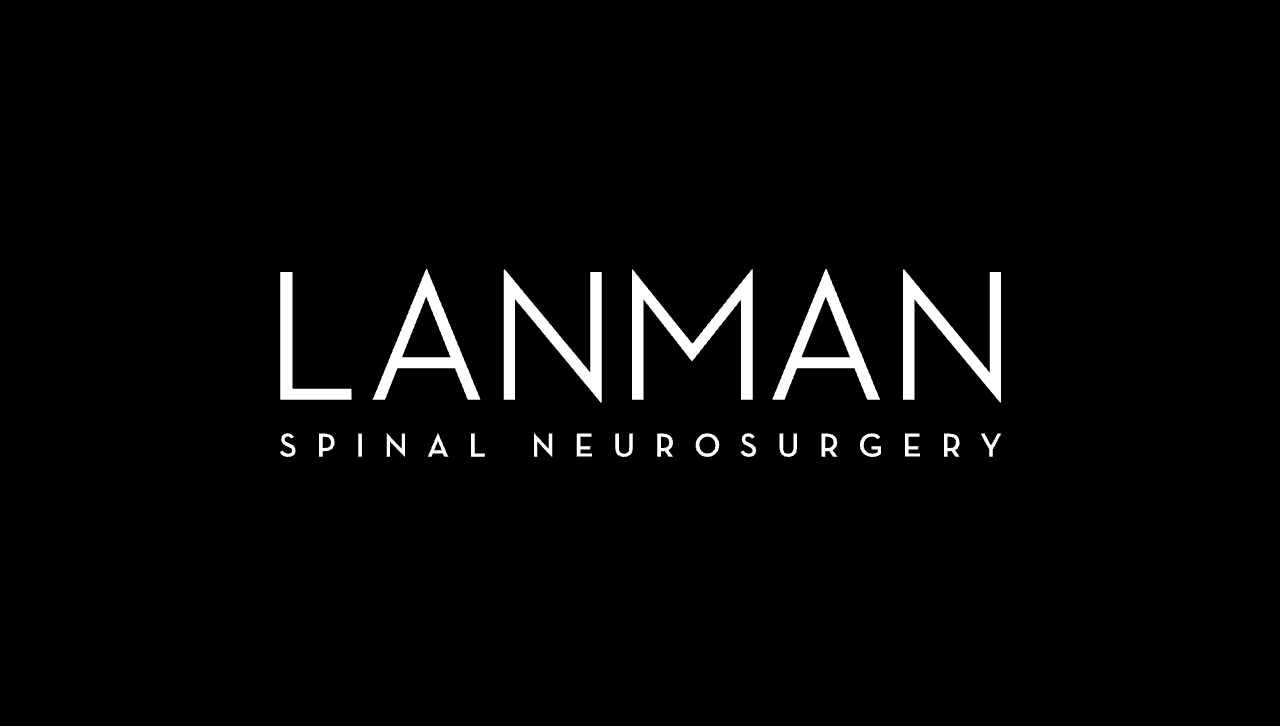

MicroEndoscopic Surgery in the lumbar spine (low back) continues the revolution in the Minimally Invasive Spinal Surgery arena. MicroEndoscopic Discectomy employs all the basic advantages of traditional spinal microsurgery: illumination and magnification – decompression of the affected spinal nerve with direct visualization of the nerve.
Recent surgical technology allows a minimally invasive procedure, the endoscopic discectomy, which reduces recovery time. A small incision is made, and an endoscope is inserted, providing exposure to the posterior elements. Only the part of the disc that is pressing against the nerve, or nerves, is removed. Muscles are not cut in this process, therefore there is much less discomfort after the procedure.
An Endoscopic discectomy usually takes 1 to 1 3/4 hours, with additional levels taking as long as 2 to 2 1/2 hours total time. Your physician will recommend the best procedure to address your condition. Hospital stay for endoscopic surgery and lumbar laminectomies is usually overnight.
The potential advantages are numerous:
Indications for MicroEndoscopic Discectomy are the same as traditional lumbar microsurgery. The patient should have leg and/or buttock pain, or leg weakness, and an unequivocal imaging study (M.R.I., Myelogram, Contrast enhanced C.A.T. scan, C.A.T. scan, C.A.T. discogram) demonstrating mechanical pressure on the spinal nerve from disc herniation or bone spur (lumbar disc herniation, some selected cases of spinal stenosis).
Through a MicroEndoscopic portal different anatomic regions can be accessed: lamina, medial facet, lateral facet, foraminal entrance, foraminal exit, the spinal nerve, and the disc.
Microendoscopic discectomy allows the surgeon intra-spinal (inside the spinal canal) and extra-spinal access (outside the spinal canal) for the herniated disc. The results of surgery for microendoscopic surgery are excellent and the technical aspects of the procedure have been clearly defined. The entire field of minimally invasive surgery applied to the lumbar herniated disc has been recently summarized and the progress documented.
The complications of lumbar microendoscopic surgery are death, paralysis, failure to improve, instability, nerve root injury, spinal fluid leak, wound problems, infections, etc. The standard bearer of minimally invasive lumbar disc surgery is the M.E.D. (microendoscopic discectomy, also named METrx). The revolution in endoscopic surgical instruments and surgical cameras has allowed rapid advances in minimally invasive spine surgery. Most patients seem to prefer the outpatient M.E.D. to the more traditional operations when offered the choice.